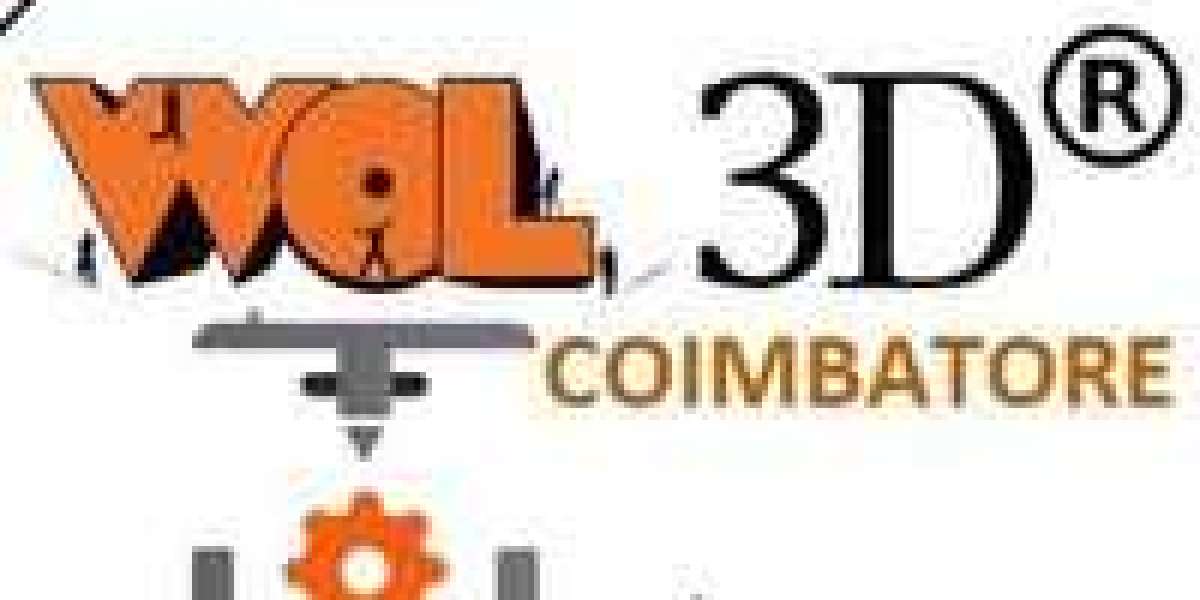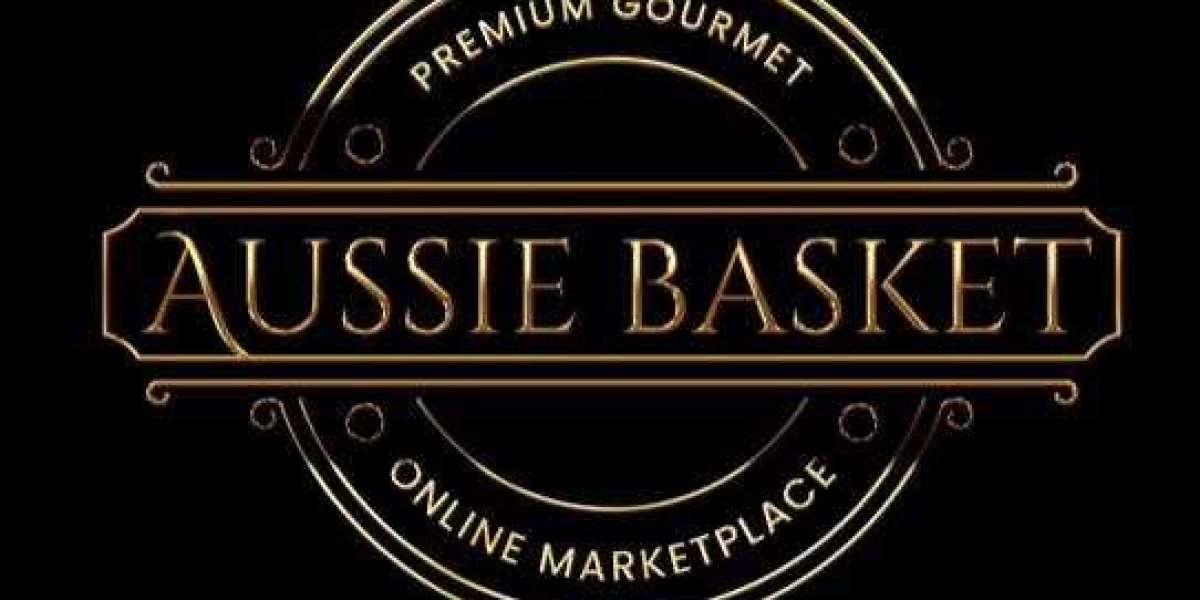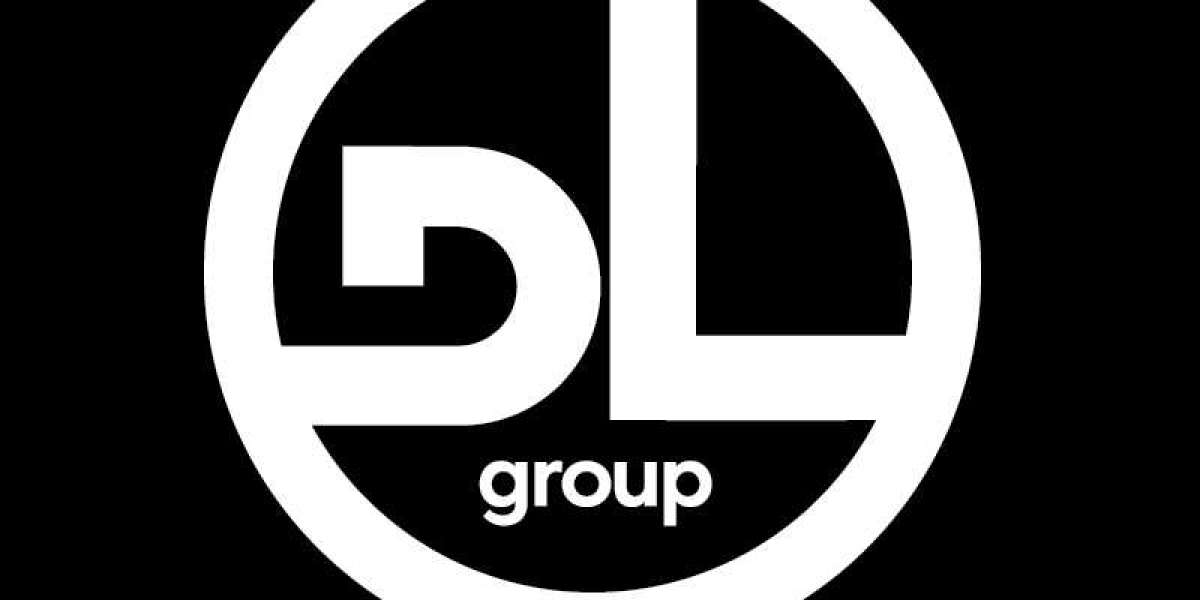The global antibacterial soap market size reached approximately USD 4.29 billion in 2023. The market is estimated to grow at a CAGR of 6.7% in the forecast period of 2024-2032, reaching a value of around USD 7.72 billion by 2032. Antibacterial soaps play a crucial role in maintaining personal hygiene and preventing the spread of infections. In this blog post, we will explore the current trends and future forecasts of the global antibacterial soap market.
Market Overview
Antibacterial soaps are cleansing agents that contain active ingredients such as triclosan, triclocarban, and benzalkonium chloride, which help in killing bacteria. These soaps have been widely used in households, healthcare facilities, and other public places to reduce the risk of infections. The global antibacterial soap market is driven by factors such as increasing awareness of personal hygiene, rising disposable income, and growing concerns about infectious diseases.
Current Market Trends
The global antibacterial soap market is witnessing several trends that are shaping its growth trajectory. One of the key trends is the growing awareness of personal hygiene and health. The COVID-19 pandemic has highlighted the importance of hand hygiene, leading to a surge in demand for antibacterial soaps globally. Additionally, technological advancements in product formulations and packaging are driving market growth. Manufacturers are innovating their products to cater to changing consumer preferences and regulatory requirements.
Market Segmentation
The global antibacterial soap market can be segmented based on product type and distribution channel. By product type, the market is segmented into liquid, bar, and foam soaps. Liquid soaps are the most preferred form due to their convenience and effectiveness. By distribution channel, the market is segmented into supermarkets, pharmacies, and online retailers. Supermarkets are the leading distribution channel due to their wide availability and accessibility.
Regional Analysis
- North America: The region dominates the global antibacterial soap market due to the high awareness of hygiene and stringent regulatory standards. The United States is the largest market in the region, accounting for a significant share of the market.
- Europe: Growing concerns about infectious diseases are driving the market in this region. Countries such as Germany, the United Kingdom, and France are key markets for antibacterial soaps in Europe.
- Asia-Pacific: Rapid urbanization and increasing disposable income are fueling market growth in this region. Countries such as China, Japan, and India are witnessing significant demand for antibacterial soaps.
- Latin America, Middle East, and Africa: These regions are witnessing steady growth due to improving healthcare infrastructure and rising awareness about hygiene.
Factors Driving Market Growth
Several factors are driving the growth of the global antibacterial soap market. One of the key factors is the increasing focus on preventive healthcare. With the rise in infectious diseases, there is a growing emphasis on preventing infections through proper hygiene practices. Rising disposable income and urbanization are also driving market growth. As disposable income increases, consumers are willing to spend more on personal hygiene products. Additionally, innovation in product formulations and packaging is driving market growth. Manufacturers are focusing on developing new formulations and packaging designs to attract consumers.
Challenges and Opportunities
The global antibacterial soap market faces several challenges, including concerns about antibacterial resistance and regulatory compliance. There is a growing concern about the development of antibacterial resistance due to the overuse of antibacterial soaps. Manufacturers need to comply with stringent regulatory standards, which can be challenging. However, the market also presents several opportunities for growth, including the introduction of eco-friendly alternatives to antibacterial soaps and expanding market reach in developing economies.
Future Forecasts
The global antibacterial soap market is expected to witness significant growth in the forecast period, driven by the increasing awareness of personal hygiene and the rising prevalence of infectious diseases. The market is projected to reach a value of around USD 7.72 billion by 2032, growing at a CAGR of 6.7%. North America is expected to remain the dominant region in the market, followed by Europe and Asia-Pacific. Liquid soaps are expected to continue to dominate the market due to their convenience and effectiveness.
The global antibacterial soap market is poised for substantial growth in the coming years, driven by increasing awareness of personal hygiene and the growing prevalence of infectious diseases. Manufacturers need to innovate and adapt to changing consumer preferences to capitalize on this growing market opportunity. By understanding the current trends and future forecasts of the market, manufacturers can develop effective strategies to drive growth and remain competitive in the market.








